* Reported by John Schoolland
Boulder did not “just happen,” said Schoolland. Its future was envisioned by its early leaders. Struck with the potential of the area, the climate, the beauty of the setting, the natural resources, they envisioned a community that would realize their dreams.
Although its start came from mining, the city encouraged inquiry, and industry. Boulder had the first schoolhouse in the state, and a vision for its University, which helped make Boulder a center for scientific research and development. As Schoolland put it, the original search for gold shifted to interest in the gold of research.
Writing in 1969, he listed research centers that he said “typify the Boulder of today”:
• The University of Colorado.
• The National Bureau of Standards.
• Ball Brothers.
• JILA, the Joint Institute for Laboratory Astrophysics.
• NCAR, the National Center for Atmospheric Research.
• IBM.
• The Geological Society of America.
• The Western Interstate Commission for Higher Education.
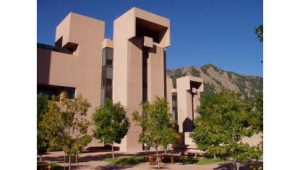
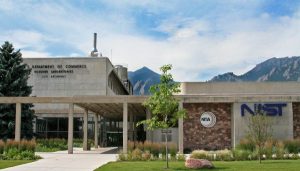
In 1969, Boulder Rotary Club boasted 200 members. By that time, all the original charter members had passed away. Among longtime members at the time were Western Cutlery owner Harlow Platts, who joined the club in 1920; dairyman Fred Watts, who joined in 1923; and hardware entrepreneur John B. Valentine, who joined in 1925.
In an effort to increase the club’s understanding of the younger generation, program topics around that time included Boulder’s “hip scene,” and LSD.
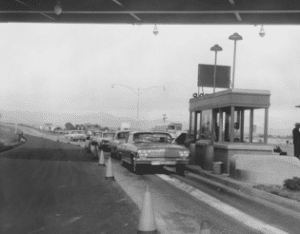 In the 50 years since Boulder Rotary’s founding in 1919, the city’s population grew from 11,000 to 66,800. CU’s enrollment grew from 2,063 to 18,217. The toll road from Denver to Boulder opened in 1952 and was made toll-free in 1968 when the debt was paid off. The Blue Line and the greenbelt put limits on how far the city could expand. And in 1962, Boulder’s first astronaut, Scott Carpenter, orbited the earth in the Aurora 7, named for the intersection where he grew up in Boulder.
In the 50 years since Boulder Rotary’s founding in 1919, the city’s population grew from 11,000 to 66,800. CU’s enrollment grew from 2,063 to 18,217. The toll road from Denver to Boulder opened in 1952 and was made toll-free in 1968 when the debt was paid off. The Blue Line and the greenbelt put limits on how far the city could expand. And in 1962, Boulder’s first astronaut, Scott Carpenter, orbited the earth in the Aurora 7, named for the intersection where he grew up in Boulder.
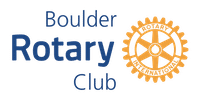
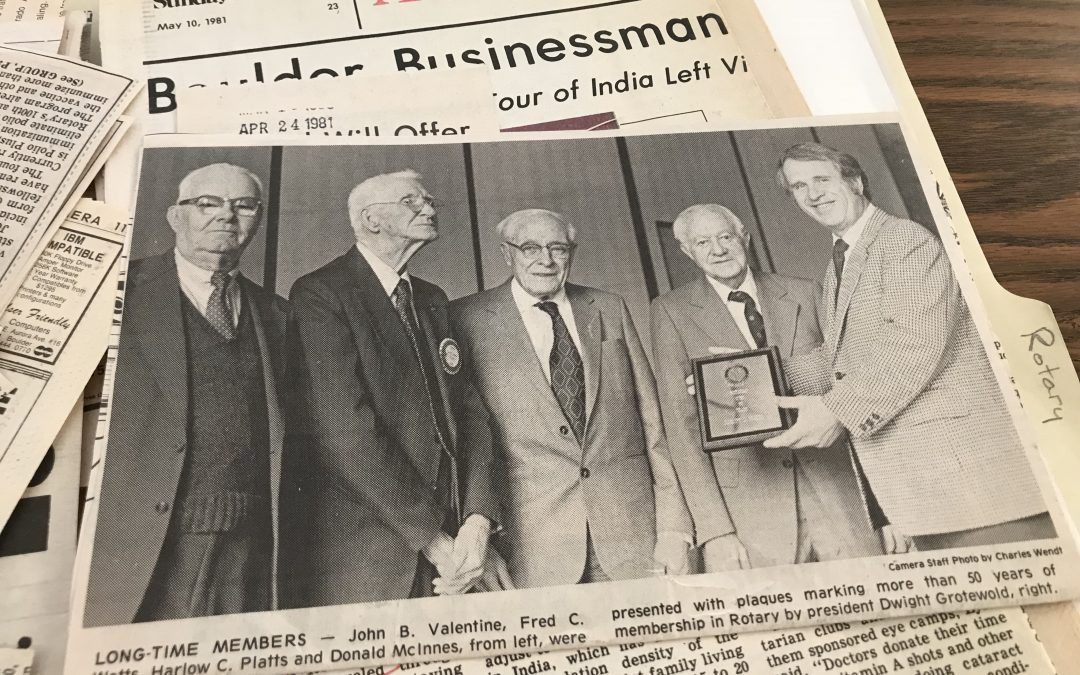
Recent Comments